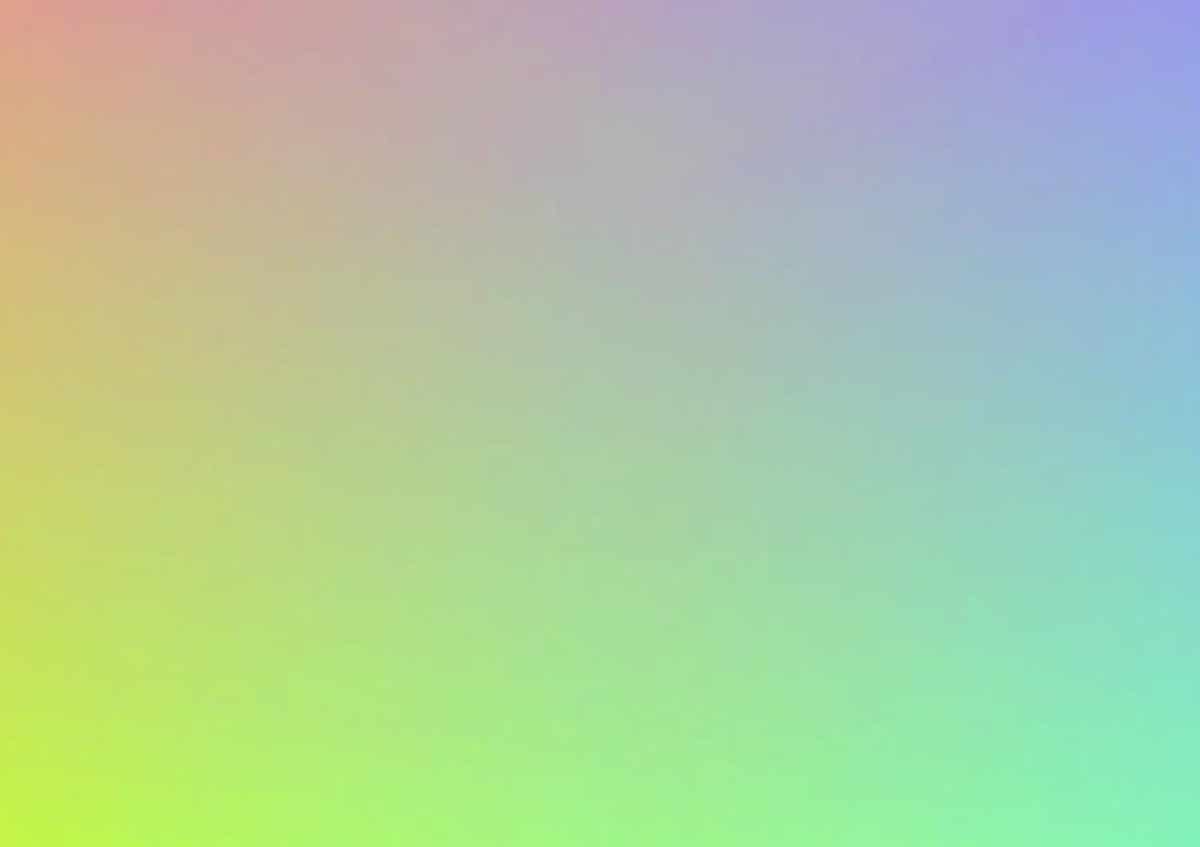
Reinventing the Triangle
How we added new meaning to soil science’s most used visualisation
When farmers, agronomists and soil scientists need to understand and compare soils, they reach for a simple and effective diagram: the soil texture triangle. As part of our work designing the visual language for the visual language for farm soil mapping we devised an intuitive colour system that brings the information in the texture triangle to life.
What is a soil texture triangle?
The texture triangle is a handy chart that shows the relative amount of sand, silt and clay in soils. Any soil can be represented as a point within the diagram. Soils with more clay particles will appear higher in the triangle. A silty soil will be closer to the bottom right, while a sandy soil will be towards the bottom left. Here’s an example that compares two soils, one with more sand and one with less:
The soil texture triangle is usually divided into regions that represent different texture classes. These are groupings of soils such as ‘silty clay’ or ‘sandy loam’. Different soil texture classification systems are used in different parts of the world, but all can be mapped to the soil texture triangle. Here’s a visualisation of the commonly used USDA texture classes:
How we improved the chart
While the texture triangle is an effective diagram, we recognised that a well designed colour system could make the chart far more readable and useful.
We designed a system based on a ternary (three-sided) gradient, where sand, silt and clay are represented by the colours yellow, cyan and magenta. Every point within the triangle is represented by a unique colour. The amounts of yellow, cyan and magenta that make up this colour reflect the amounts of sand, silt and clay in that soil. Blending the colours in this way lets the three colours mix in the same way that sand, silt and clay particles mix in soil.
The shapes that represent soil texture classes are each filled with a solid colour (the colour found at the midpoint of the shape). For example, here are the colours for the USDA texture classes:
What are the benefits of our design?
Colour is a powerful design element in data visualisation. We process colours more rapidly and naturally than most other graphic elements. The colour system we’ve designed improves the soil textue triangle in a number of ways:
People can immediately and intuitive identify specific soil texture values.
Patterns or trends in soil data become much easier to recognise.
The colours in the triangle are derived systematically and can be determined mathematically.
Over time and with consistent application, the colours become familiar and can act as a visual shorthand for soil texture and soil classes.
The colours from the triangle can be used in other contexts: maps, histograms, heat maps, or even the labels on jars of collected soil.
Compare the following tables. The data is the same in both, but colour has been applied to the second:
With the addition of colour, viewers can immediately see data relationships that are obscure in the first table. Viewers who are familiar with the meaning of the colours will immediately see that the soils at the top of the chart tend to have more clay, while those at the lower-right have more silt and the cluster in the lower-middle has more sand.
Overcoming limitations
The three-sided gradient is an effective solution, but it has one shortcoming: people who experience colour blindness cannot discern all of the colours in the triangle. If colour is the only graphic element used to communicate information, the design will not be inclusive. Fortunately, this limitation can be easily overcome by using at least one other graphic element, such as a text label. This way, viewers do not rely on colour to comprehend the data in the visualisation. Rather, colour reinforces and enhances the visual communication.
Bringing soil data to life
The first application for this colour system will be as part of the visual language for farm soil mapping. Where farmers and agronomists previously compared separate maps for sand, silt and clay they can now refer to a single intuitive map of soil texture. These farm soil mapping tools are open-source and so the colour system is free to use and adapt. There are exciting possibilities for its use not only in soil science and agronomy but also in geography, geotechnical engineering and other fields.
Our colour system demonstrates the power of visual design to transform technical and complex data into engaging and useful information that reveals valuable insights.